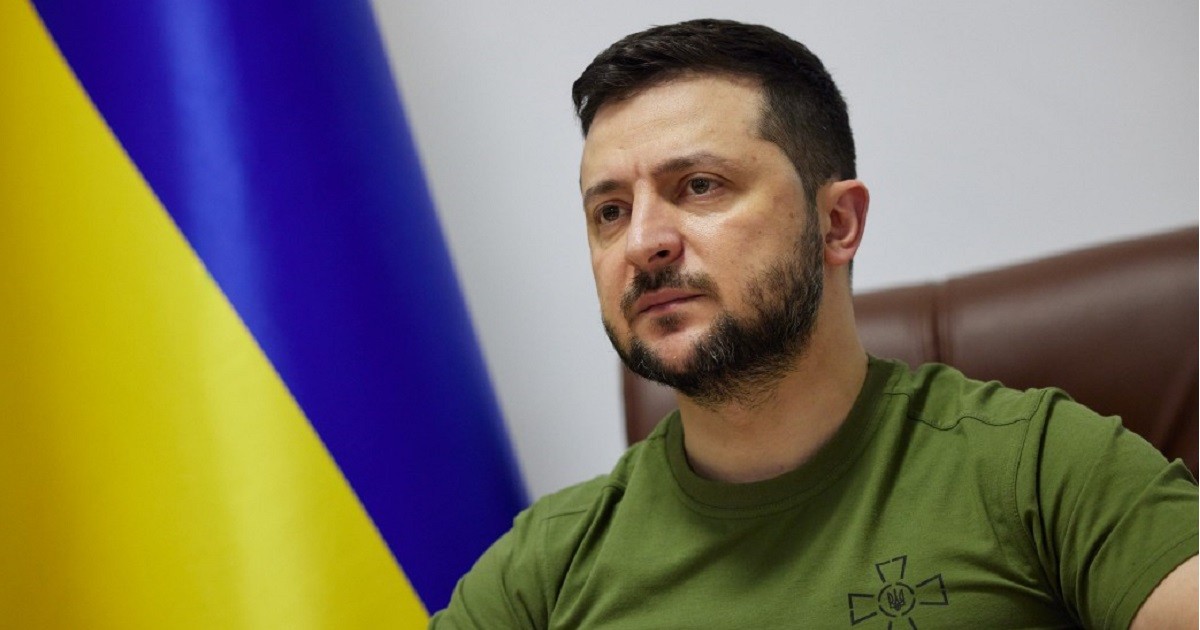Meditation on a magazine cover

[ad_1]
The cover of issue 5 – Saint Anselm 2021 – of The Lamp magazine, a bimonthly publication that advertises itself as offering an Orthodox Catholic perspective on the problems of modern life. The magazine offers perspectives on literature, science, fine arts, and other topics. ERIC HANSON, COURTESY LAMP.
I recently subscribed to The Lamp magazine, which is essentially a Catholic version of The New Yorker. The illustration on the cover is usually a black and white sketch of a fun scene from what I call “the Catholic Americana,” such as a nun smoking cigarettes on a lawn mower or having a cocktail or cocktail party. smiling clerics and laity.
But my favorite lamp cover of all is from their Saint Anselm 2021 issue. It uses the same art style as the rest but features a very different kind of content.
The sketch depicts a mass of businessmen, coming and going, some engrossed in the screens of their phones, one smoking a stogie, all looking determined and professional in their costumes and neat hairstyles. But in the midst of all of them, at first almost undetectable, stands a John the Baptist dressed in camel hair, his hand raised, his mouth open, his beard wild and unruly.
The symbolism is clear. John originally preached “like a voice crying in the wilderness” of Judea around AD 1, but his message of the coming of the Savior, the Lamb of God who takes away the sins of the world, is also relevant in the wilderness of America life today. Also, like the Baptist public of yesteryear, Americans today have all kinds of distractions and pursuits that allow them to avoid the gospel, a message that clashes strongly with the prevailing values ​​and priorities of the surrounding culture. .
The image was attractive and provocative enough that I could put the blanket on my wall. It serves as a daily reminder to “prepare the way of the Lord†in the midst of all my seemingly mundane activities – my job, my studies, and my social life.
But the scene struck me in a new way one evening while praying my rosary in an armchair in front of her. Because the room was dimly lit, some features of the design stood out even more than with the lights on. On the one hand, the figure of John, with his dark clothes and beard, was much more visible and was more obviously the focal point of the whole work. In fact, the other characters, mostly black lines on a white background at this point, seemed to recede into the background.
What can we learn from this experience? On the one hand, John the Baptist – and finally the One he designates – is more real, more substantial, more meaningful than the purely practical horizon represented by businessmen, what the German philosopher Josef Pieper calls “the world of daily work â€. “
It’s not that work and business aren’t good and important things. But what is true is that they can only have ultimate value if they are connected and ordered vertically, towards God, the foundation of all reality and guarantor of our value and our meaning. The fact that this insight only came when the lights were dimmed and my bodily senses were effectively dulled also underscores the primacy of the spiritual reality that underlies the visible, and the absolute importance of prayer for power. see things really.
Moreover, John’s “weight” in the drawing stems directly from his humility: he is drawn so darkly – and therefore stands out so much – precisely because he wears such coarse and coarse clothes, and because his beard grows so. savagely. In other words, he stands out because he is poor.
John’s poverty doesn’t make him empty. On the contrary, it allows him to be completely filled with his love for the Lord. As the late Cardinal Jean Danielou pointed out, and as I have already written, the whole mission of radical renunciation of John only makes sense as a “man set apart for this great joy” – the joy of knowing Jesus for the first time in the womb of his aunt, Mary, then of anticipating a new encounter with Christ. John is filled with this joy, he is filled with Jesus, and so he stands out from the crowd as more real and more substantial.
This is not a new idea. In “The Great Divorce”, CS Lewis describes the spirits of heaven as “stronger” than the dark damned who come to visit them, for whom the grass is as “hard as diamonds”. Lewis’ approach seems to underlie the theology of St. Augustine, who taught that evil is only a “depreciation of good” – it is not real in itself, but is only absence of reality, of what should really be there. . Those who love the Lord completely, like the Spirits of heaven and Saint John the Baptist, are more real because they are more fully what they were created for: sons and daughters of God and participants in divine Life.
As Saint Irenaeus of Lyons, our new doctor of the Church, said one day, Christ “calls men again to communion with God, so that, through communion with him, we can participate in incorruptibility.” “. Jean-Baptiste launched this invitation 2,000 years ago, and it is offered to each of us today, as simple and factual as his weighty presence at the heart of this magazine cover. Sometimes, however, we just need our artificial lights to go down to see everything more clearly.
Liedl writes from the Twin Cities.
Category: Already / Not yet
[ad_2]






